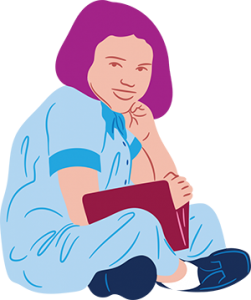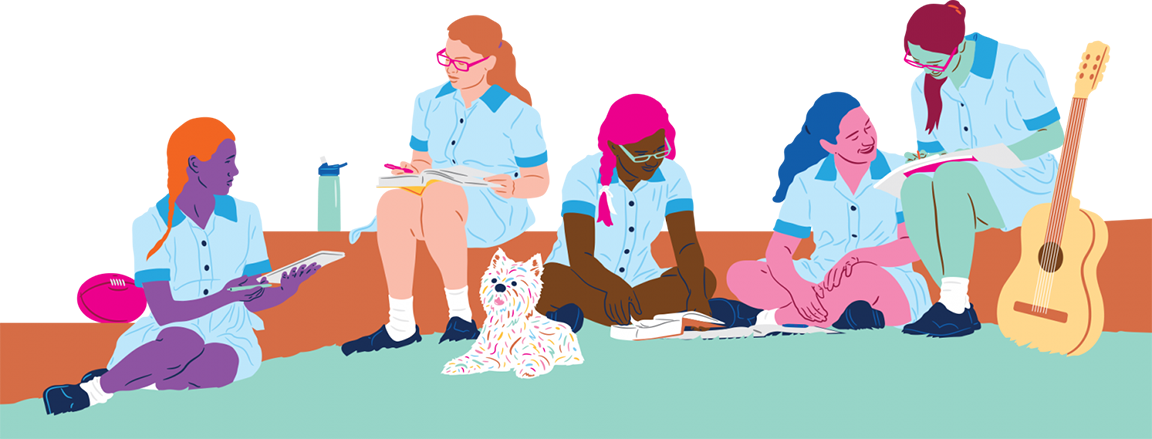Today, School Chaplain Reverend Creed offers the community a reflection during this Advent season.
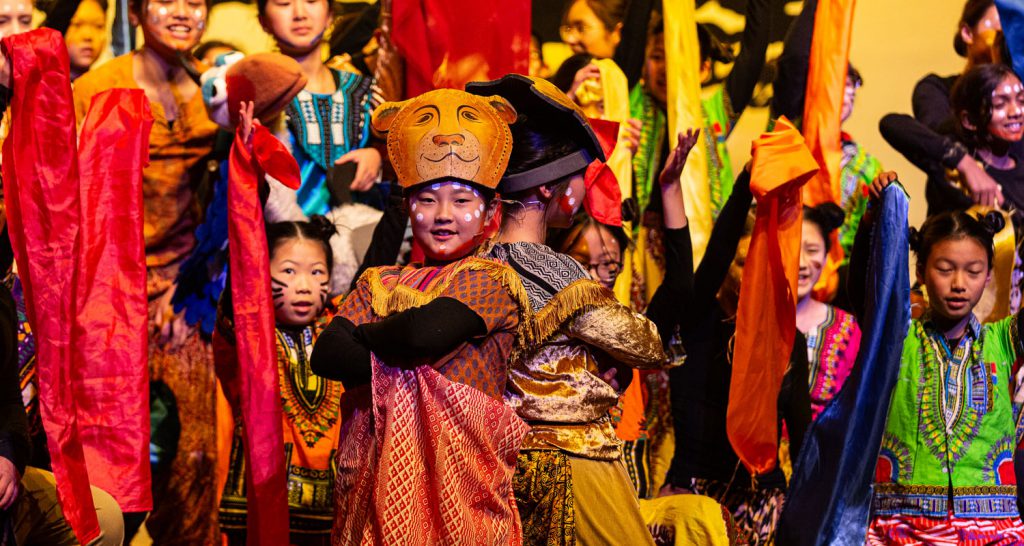
Various students, parents and families have either emailed or spoken to me about our spectacular Junior School Production last week. Feedback from our school community has been overwhelmingly positive, and multiple families have already asked me about what the production will be in two years. At this stage, I can let the school community know that we have not discussed what our next production will be in 2026. Planning for this special event will begin next year.
Additionally, Ormiston families have spoken to me about how we were able to include every student from Foundation to Year 6. As I said in my speech on Friday evening, The Lion King JR was very special because it was able to bring everyone together as a community. Not many schools are able to include all their primary/junior school students and fit everyone into one production. It takes a considerable amount of planning and preparation to include all our Foundation to Year 6 (190) students. Over several years, this is exactly what Ormiston has done.
Next year, I look forward to letting everyone know how our planning is going in terms of our next Junior School production.
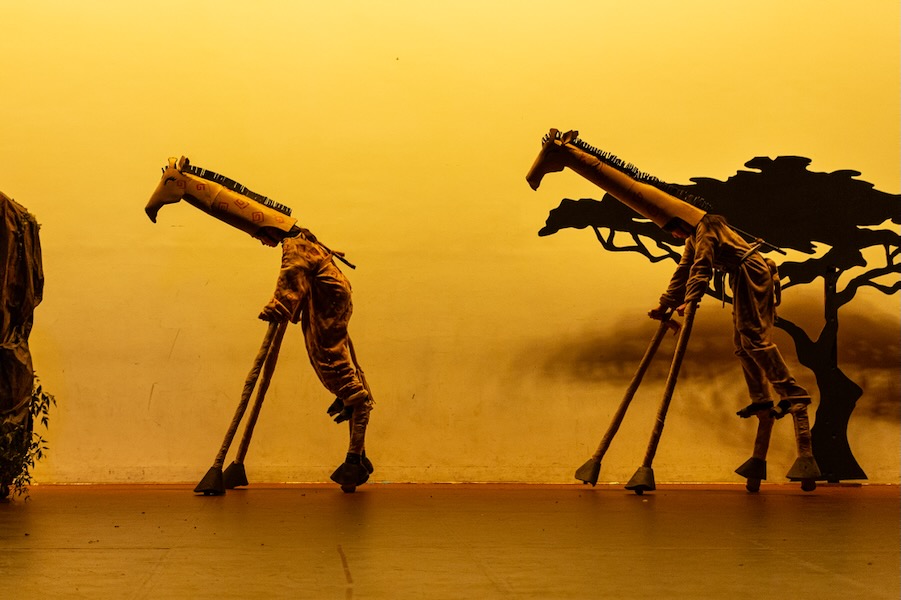
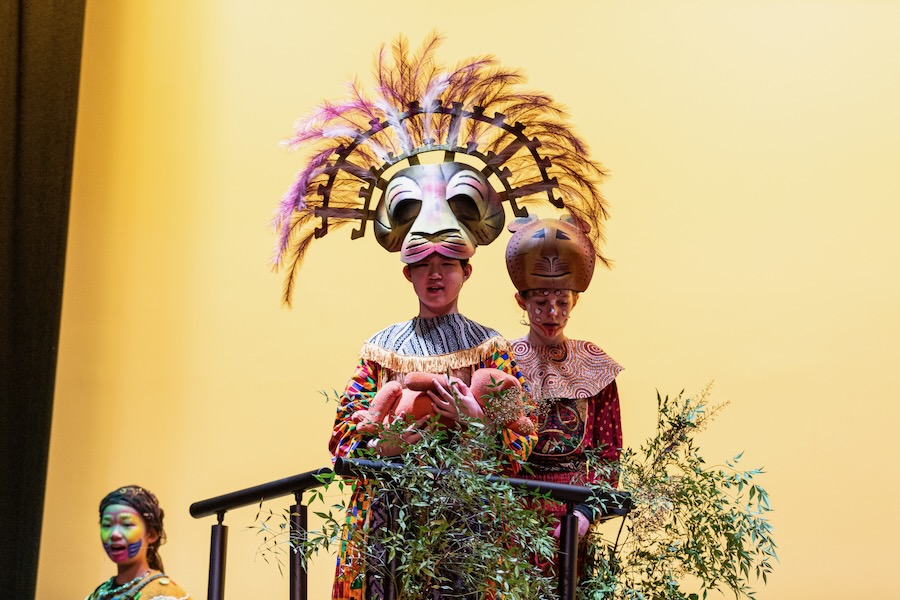
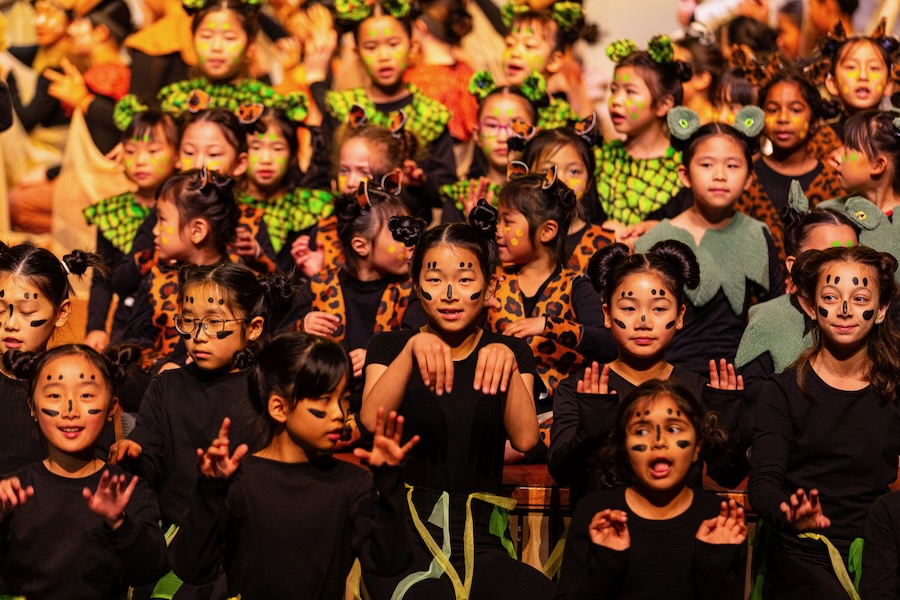
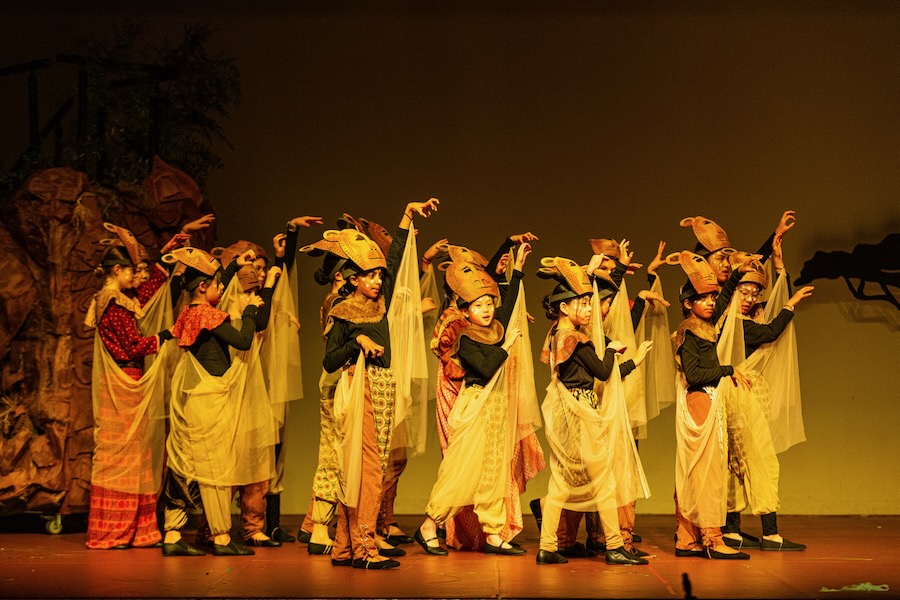
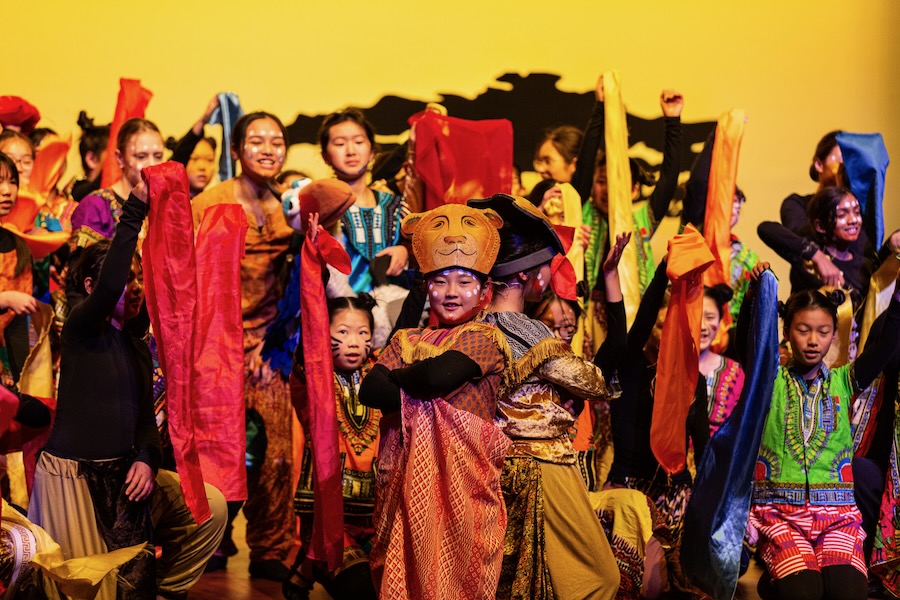
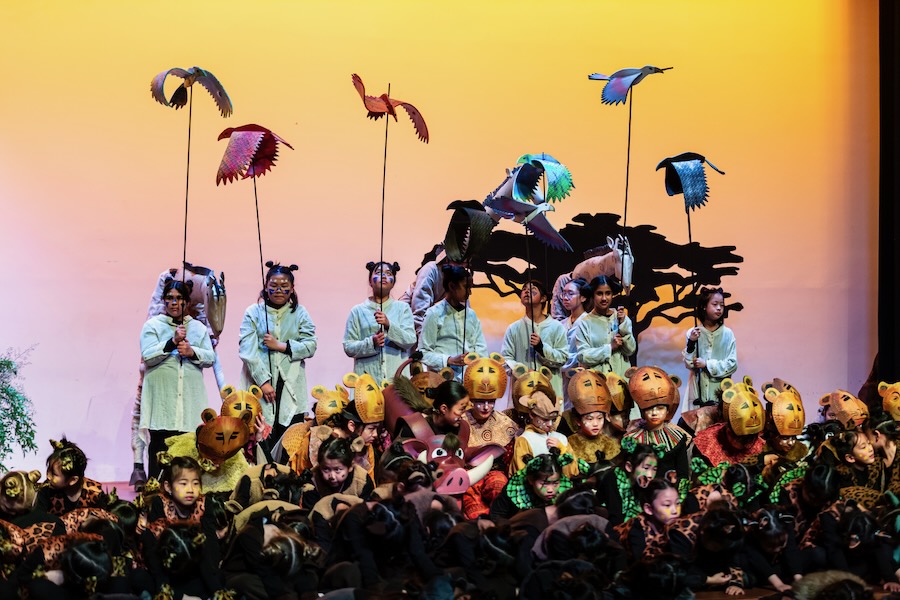
Athletics (Track & Field)
Audrey Cheung of Year 5 has had a very big couple of weeks in sport. Yesterday, Audrey competed in two events in the Primary State Track & Field Championships. Audrey competed in the 200 & 800 metre events. Audrey placed 3rd in the 200m qualifier and qualified for the final, and overall placing 7th in the event. For the 800m, Audrey came 5th in the final (compared to 7th last year) and got a Personal Best (PB) time. Congratulations to Audrey for performing extremely well once again at state level, and for doing a personal best performance.
Under 12 Baseball World Cup Qualifier
Once again, congratulations to Audrey for her selection in Team Australia’s Under 12 national baseball team. Team Australia will fly to Guam to compete against Guam and Northern Mariana Islands in baseball matches between 29 November and 2 December 2024. As a school community, we wish Audrey all the very best when she represents her country. As a school community, we are very proud of her outstanding sporting achievements.
Paul Donohue
Head of Junior School
“UNLESS someone like you cares a whole awful lot, nothing is going to get better.” – Dr Suess
Learning about sustainability has been a continuous curriculum thread within the ELC, supporting children to care for the environment through their everyday actions. Incorporating sustainability concepts through hands-on experiences makes abstract ideas more relatable. For instance, having opportunity to collaborate with Anna Clarkson, CGGS Sustainability Coordinator and students from the Senior School through a gardening program, has enabled children to see the impact of their actions on the garden. When they plant seeds, they learn about resources used making environmental care tangible and engaging.
Education for sustainability highlights the importance of community and teamwork. Through group planting with the Year 7s and 9s, children learn that collective actions can lead to positive change, instilling values of social responsibility and collaboration.
Finally, sustainability education nurtures critical thinking and problem-solving. When children explore questions around nature, resource use, and climate change, they develop the skills to creatively address environmental challenges. They start to ask, “How can I care for plants?” or “What happens to the insects, if we pick all the flowers from the garden?” fostering an early awareness of the independence of all living things.
In essence, sustainability education equips children with the knowledge, skills, and values to become proactive stewards of the environment.
Esther Wong
Early Learning Coordinator
The Year 6 Virtual Debating Team participated in five debates this semester, culminating in a final match against Wyong Christian Community School in NSW on Tuesday, 22 October. Angel, Gloria, Nellie, and Stephanie debated the topic, “That all Australians should be vegetarian,” and were tasked with presenting the negative case. The team defined key terms, crafted arguments, and gathered credible examples to strengthen their rebuttals. Their central argument was that Australians should not be vegetarian, citing the meat industry’s importance to the economy, its link to human rights, and the nutritional benefits of meat for better health outcomes.
This was a challenging topic, and both teams presented strong, well-reasoned arguments, speaking clearly and confidently. Although the result was a close loss, we commend the team for their effort, respectful discourse, teamwork, and responsiveness to feedback.
Jasvindar Gill
Year 6 Classroom Teacher
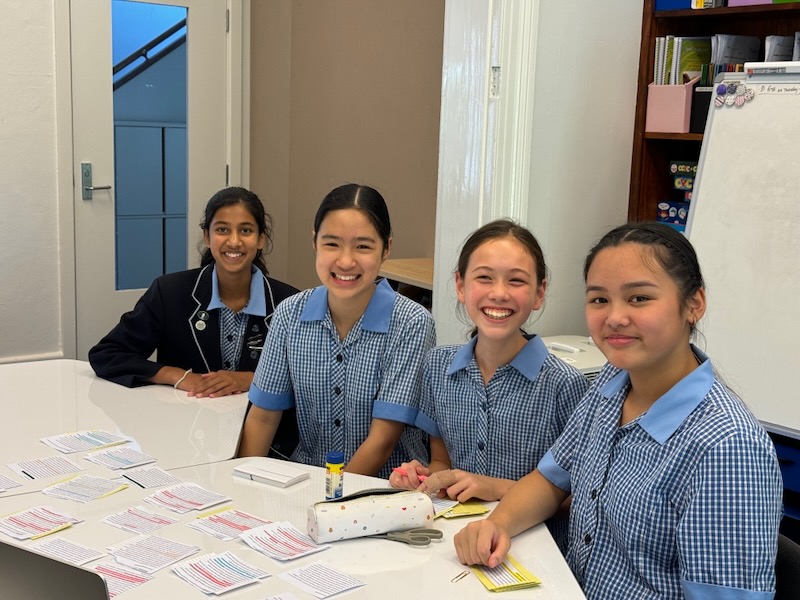
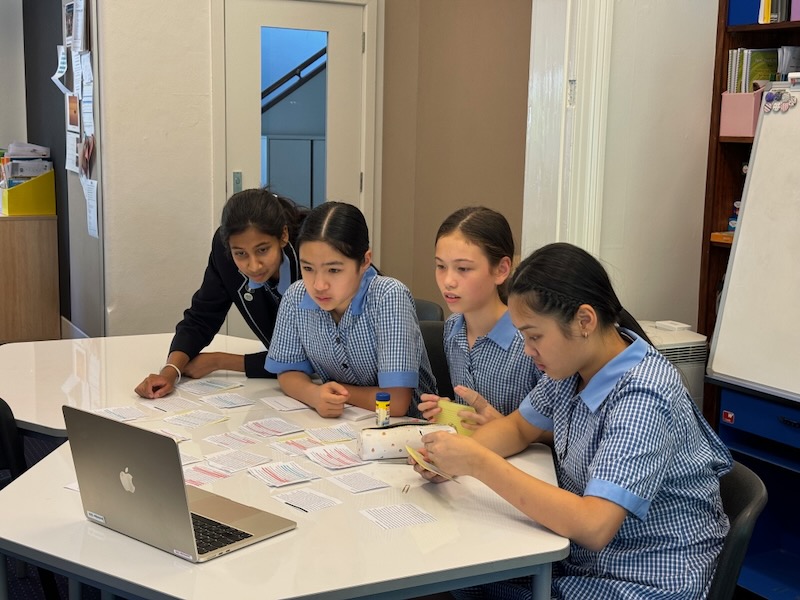
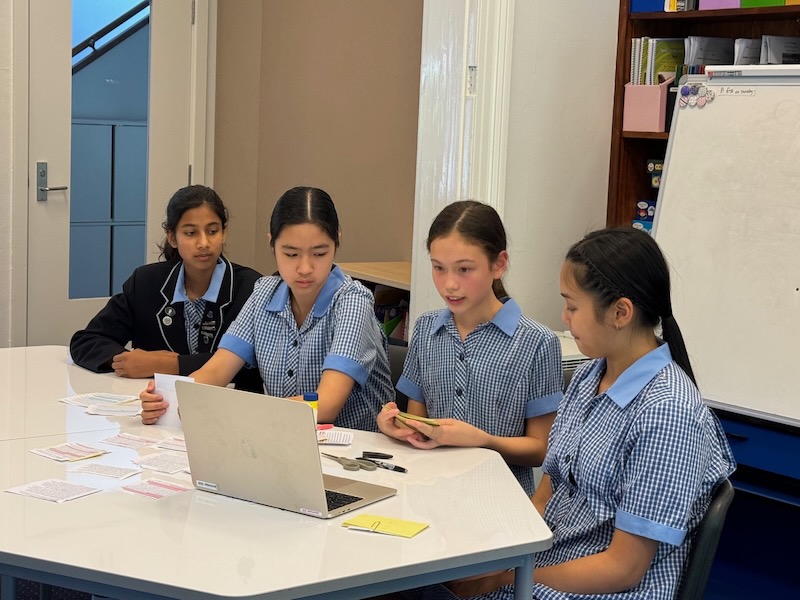
The Early Learning 4 students have been engaged in an exploration of the medium of paint and the ways they can make it move. In their art lessons, students are encouraged to think and act like scientists when exploring a new or familiar medium. They investigate, play, and discuss their wonderings and new learning.
We began the term by using black and white acrylic paint on black and white paper using paintbrushes. Students learnt about several types of brushes and experimented with different marks that they could make. Students were introduced to the abstract art of American artist, Jackson Pollock. They watched a video of Pollock splattering paint on giant canvases and played with splattering paint on paper. Students also tried blowing ink across paper to create unusual marks on their paper and participated in swinging a pendulum to create circular patterns.
Early Learning 4 Fulltime
What do you like or not like about this artwork (Blue Poles by Jackson Pollock)?
Faith – I like the different colours that he splatted.
Tanya – I like the colourful patterns,
Natasha – I don’t like it when it looks like that. It doesn’t really look like a rainbow.
Jennifer- It’s not colourful.
How did you make your splatter artwork?
Tanya – We splashed it.
Irena – It moved in a circle when we used a spoon.
Sienna – We made it like a star.
Early Learning 4 Part-time
What happened when we swung the pendulum filled with paint?
Holly – It didn’t just splatter in one place; it went all over the paper.
Margot – The yellow mixed with the red to make orange.
Sophie – It looks like a spider making a super spider web.
Ralph – Low makes it longer and high makes it shorter.
Through play and exploration in art lessons, young children develop curiosity, collaboration, creativity, and a growth mindset. They become knowledgeable about different art mediums and develop skills that will allow them to use them with ease and confidence.
Lilian Bishop
Junior School Art Teacher
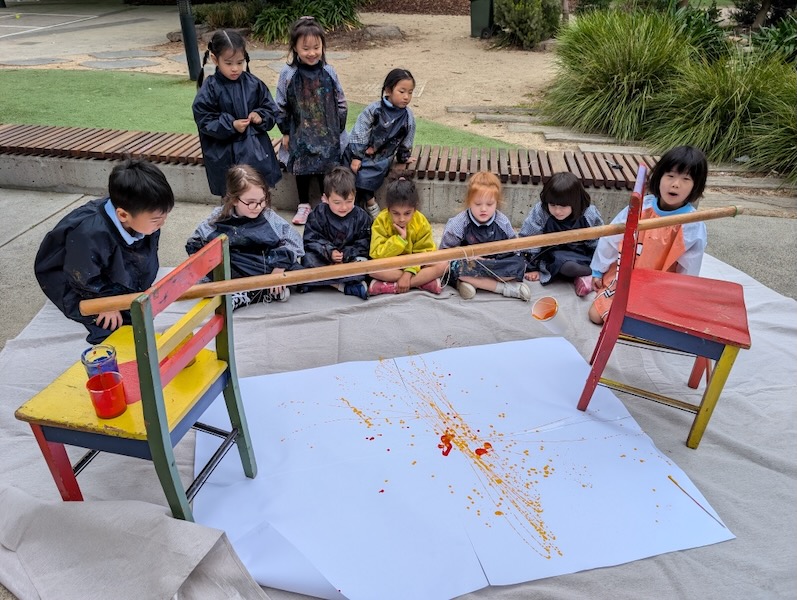
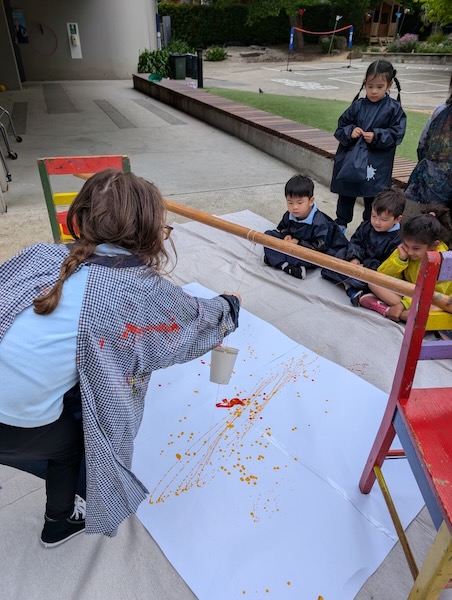
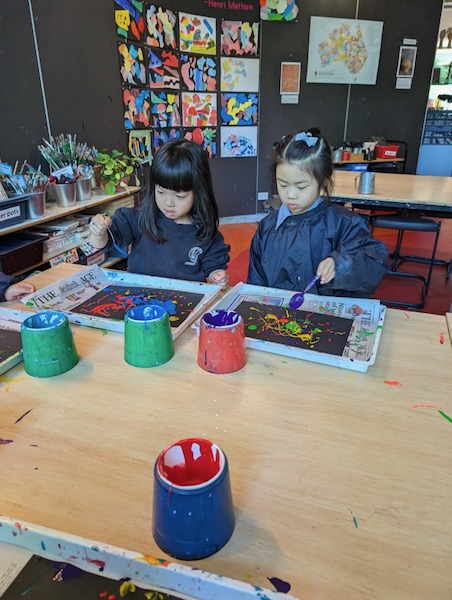
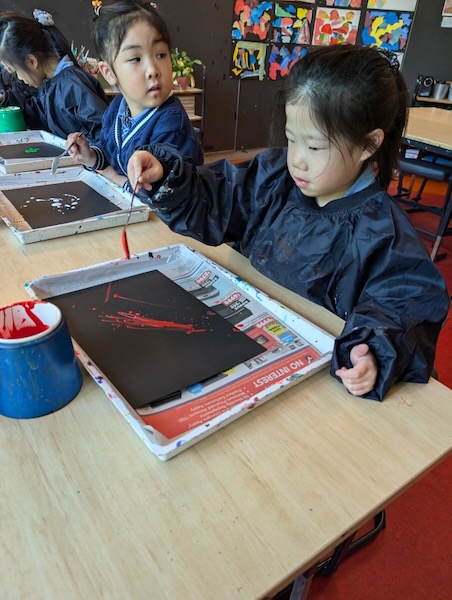
Today, School Chaplain Reverend Creed offers the community a reflection during this Advent season.
For our Year 6 students, their last few weeks at Junior School have been filled with celebrations!
The year has ended on a high note with the biggest event on the School’s calendar, Christmas at Camberwell, proving to be a huge success.
